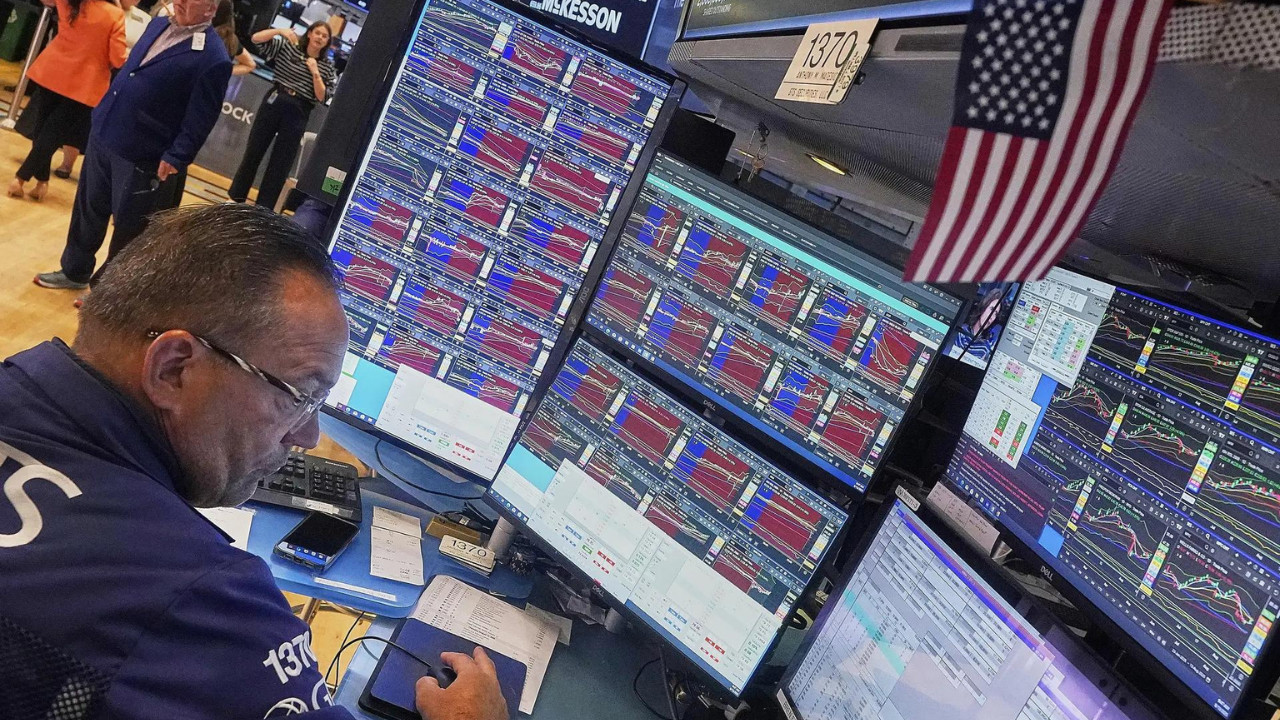US stocks are near record highs, fueled by hopes of a September Federal Reserve rate cut. The S&P 500 remains virtually unchanged, while the Dow rose. UnitedHealth Group surged after Berkshire Hathaway’s investment. However, Applied Materials fell due to disappointing revenue guidance. China’s economic slowdown prompts calls for policy support, impacting Asian markets.
Navigating Wall Street’s Choppy Waters: A Look at Recent Market Trends
Wall Street has been a bit of a rollercoaster lately, hasn’t it? One day we’re soaring, the next we’re… well, not so much. Keeping up with the daily swings can feel like trying to predict the weather, but let’s dive in and see if we can make sense of some of the recent currents shaping the US stock market.
The major indexes have been telling a story of resilience mixed with caution. The S&P 500, often seen as the benchmark for overall market health, has been inching its way forward, but the gains haven’t exactly been a straight shot upwards. We’ve seen dips, recoveries, and plenty of sideways movement, suggesting that investors are weighing their options carefully. The Dow Jones Industrial Average, that old guard of 30 blue-chip companies, has echoed this sentiment, demonstrating a similar pattern of moderate growth punctuated by periods of uncertainty.
Perhaps the most intriguing player in this drama is the Nasdaq Composite. Known for its heavy concentration of tech stocks, the Nasdaq often reflects the market’s appetite for risk and innovation. While tech has been a driving force in the market’s overall gains this year, recent sessions have shown a bit of a pullback, hinting at potential concerns about valuations or future growth prospects within the sector.
Decoding the UnitedHealth Group’s Performance and its Impact
One of the more closely watched developments has been the performance of UnitedHealth Group. This healthcare giant holds significant weight within the Dow and the broader market, and its stock movements can have ripple effects across various sectors. Recent scrutiny on healthcare costs and policy changes have definitely factored into investor sentiment surrounding UnitedHealth. It’s a reminder that even seemingly stable, well-established companies are subject to market volatility driven by external factors.

Buffett’s Berkshire Hathaway: A Glimpse into Investing Strategies
Speaking of well-established entities, let’s not forget about Warren Buffett’s Berkshire Hathaway. The “Oracle of Omaha” has a knack for identifying long-term value, and any shifts in Berkshire’s portfolio are meticulously analyzed by investors worldwide. While Berkshire’s holdings are vast and diverse, any significant changes or commentary from Buffett himself tend to influence market sentiment, particularly in sectors where Berkshire has a strong presence, like finance and consumer goods. Investors often look to Buffett’s strategies as a guide during uncertain times.
The Underlying Factors: Interest Rates and Economic Data
Of course, no discussion about the stock market is complete without considering the macroeconomic backdrop. Interest rates, inflation data, and overall economic growth are key drivers of investor behavior. The Federal Reserve’s decisions regarding monetary policy have a direct impact on borrowing costs and corporate profitability, thus influencing stock valuations. Strong economic data might suggest continued growth and higher corporate earnings, potentially boosting stocks. Conversely, signs of slowing growth or rising inflation could trigger market corrections.
Navigating the US stock market requires a blend of careful analysis, a bit of foresight, and a healthy dose of patience. Understanding the dynamics of key players like UnitedHealth Group and the strategies employed by seasoned investors like Warren Buffett can offer valuable insights. But ultimately, staying informed about macroeconomic trends and being prepared for market volatility are crucial for making sound investment decisions. Think long-term, diversify your portfolio, and don’t let daily fluctuations derail your overall strategy. For more on building a balanced portfolio, check out our article on [Investment Diversification Strategies](/investment-diversification).
In Conclusion: A Strategic Approach is Key
In conclusion, the US stock market presents a complex landscape characterized by both opportunities and challenges. By focusing on understanding the underlying economic factors, monitoring key players, and maintaining a long-term perspective, investors can better navigate the market’s inherent volatility and work toward achieving their financial goals. Remaining adaptable and informed is crucial in today’s dynamic financial environment.







